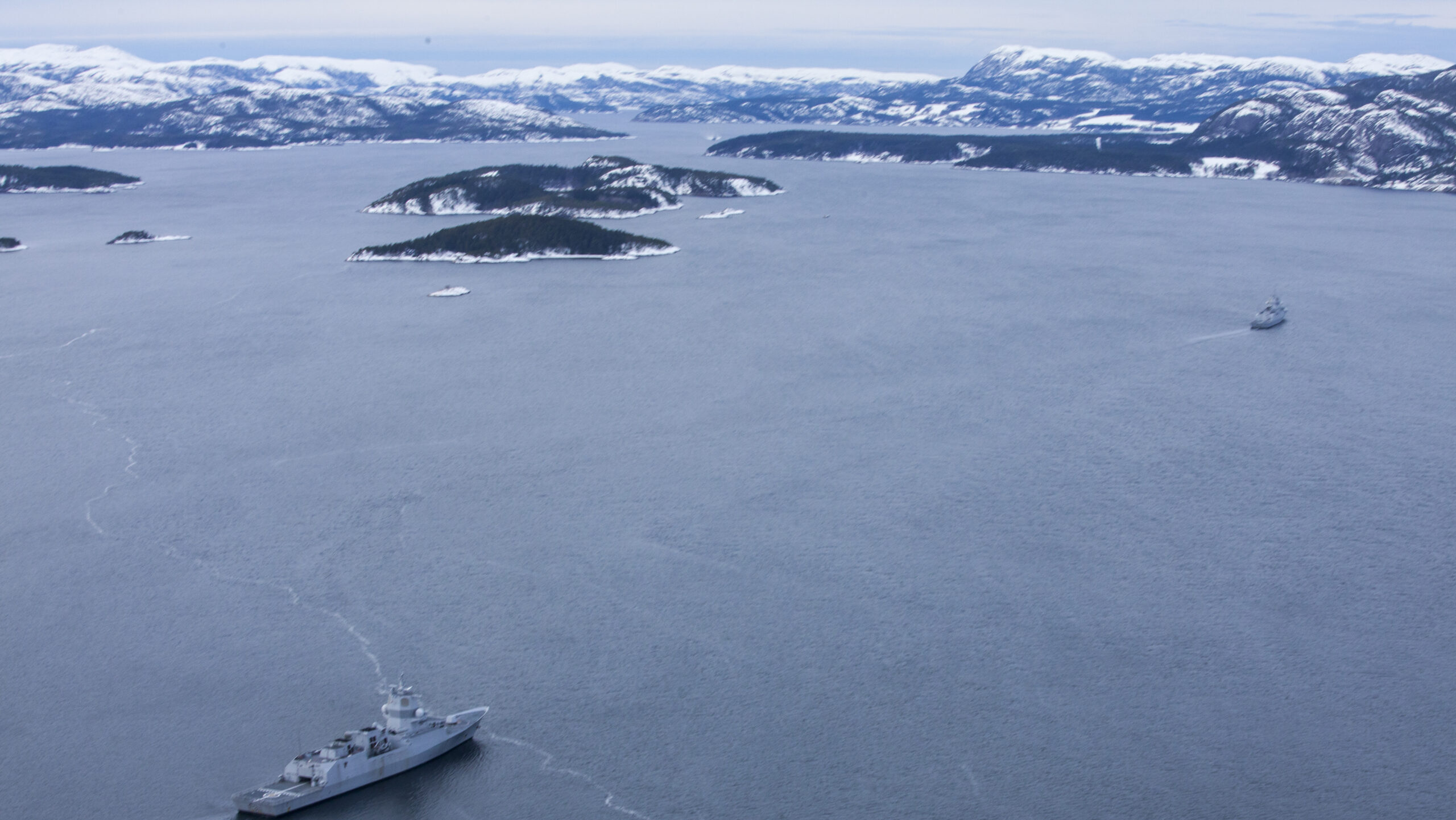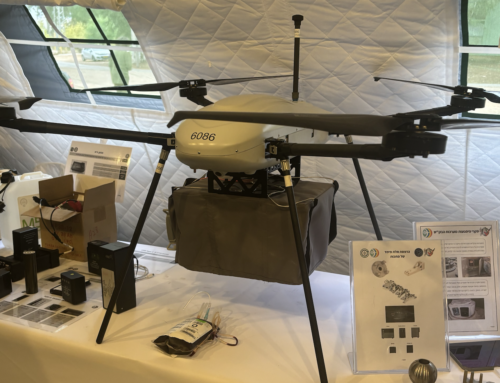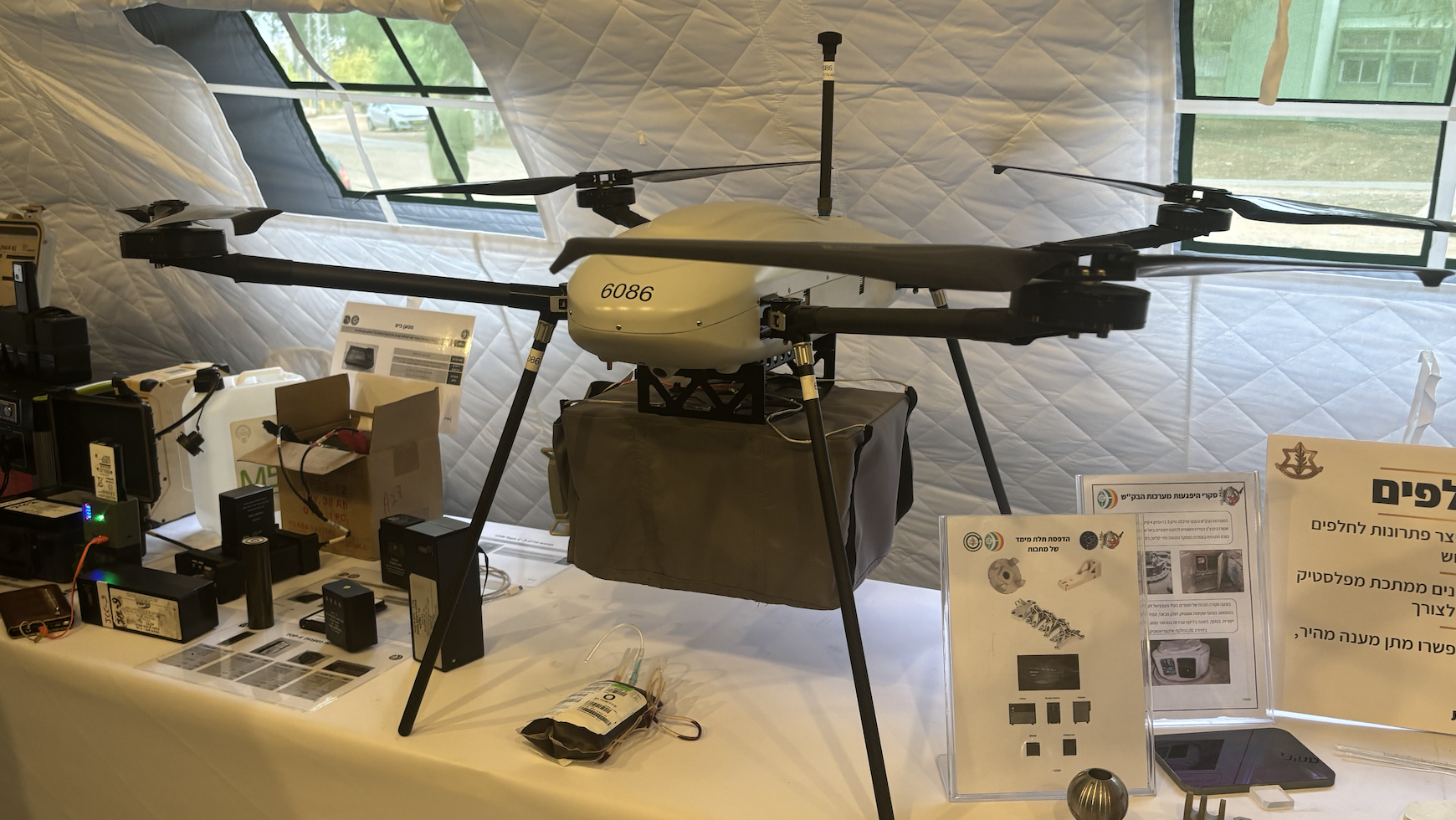The HNoMS Roald Amundsen (F 311) sails in a fjord as part of Cold Response 16, March 1, 2016 at Namsos, Norway. (Official Marine Corps Photo by Gunnery Sgt. Bryson K. Jones/Released)
BELFAST — Norway has embarked on studies to examine how it would introduce a new, long-range, aerial maritime surveillance drone into its forces in the high north and has asked the US for information about suitable American options, the Ministry of Defence said in a new statement.
“Norway is considering several types of drones, and it is too early to comment further on the type, number, or specific requirements for the acquisition beyond what is outlined in the adopted long-term plan,” Anne Marie Aanerud, state secretary at the Norwegian Ministry of Defence, told Breaking Defense Thursday.
“As part of the ongoing studies we have requested additional information on relevant drones from the U.S. authorities,” she said. “The response will be incorporated into the ongoing work on the drone acquisition.”
Aanerud noted that a timeline for contract signing has has still to be decided, as military officials continue to work up a strategy to implement recommendations for the long-term defense plan.
That defense plan, published in April, revealed Oslo’s intention to procure the maritime surveillance drones, and Aanerud told Breaking Defense the ministry envisions platforms that are able to “monitor large areas for extended periods of time, complementing the tools we already have.”
The future drones are set to be based out of Andøya Air Station, northern Norway, 300 kilometers north of the Arctic Circle and previously home to Royal Norwegian Air Force P-3 Orion Maritime Patrol Aircraft (MPA). Olso decided to reverse a decision to close the base in the aftermath of the Ukraine war and amid a renewed focus on bolstering defense capabilities to counter Russian aggression.
Though Aanerud declined to say if any specific platforms are under consideration, and several international firms make drones that could fit the bill, the fact that US authorities had been contacted suggests that American systems are in the running.
Northrop Grumman delivers the fourth MQ-4C Triton for long-range, persistent, maritime surveillance to the U.S. Navy for Initial Operational Capability. Image courtesy of Northrop Grumman.
An executive at Northrop Grumman, for one, said the company’s MQ-4C Triton, a pricey high-altitude, long-endurance (HALE) system, was among them. The US Navy operates the Uncrewed Aerial System (UAS) mainly to support intelligence, surveillance and reconnaissance (ISR) missions and as a complement to Boeing P-8A MPA operations. Norway operates five of the P-8 crewed platforms.
Doug Shaffer, vice president of autonomous intelligence, surveillance, reconnaissance, and targeting programs at Northrop Grumman, told Breaking Defense his firm has had “extensive” written exchanges as well as face-to-face meetings with Norwegian officials about the aerospace giant’s offerings.
“We’ve had all our engineers there, answering hundreds of questions,” he said, adding that an aircraft selection decision could come in the “next few months.”
Northrop says the Triton, which can fly above 50,000 feet, can cover some 4 million nautical miles with its sensor array in a 24-hour sortie — roughly equivalent to the size of China.
But it is expensive. In July, Inside Defense reported that each newest version of Triton has an estimated price tag of $618 million though that figure was a result of a per-unit price jump in the US Navy program after the total acquisition was slashed.
Shaffer argued the capabilities of a single airframe are worth the price tag over the drone’s entire lifecycle.
“The largest cost is the operational sustainment over decades, and to do the same mission as a HALE platform, it takes three to five times more MALES,” he claimed, referring to medium-altitude, long-endurance drones. “That calculus is what Norway is evaluating.”
If that is a calculus Norway is doing, on the other end of the equation could be the much less expensive American-made MQ-9B SeaGuardian, a MALE variant of the MQ-9 Reaper produced by General Atomics Aeronautical Systems (GA-ASI) that can fly at 40,000 feet. The flyaway unit cost of a MQ-9B sits at approximately $38 million, excluding through life and sustainment costs, according to figures from Shephard Media, a British trade publication.
GA-ASI has positioned the drone for sale up north, saying in company literature that “with MQ-9B, the Nordic and Northern European allies now have a surveillance platform to choose that can perform all their key missions with low acquisition and operating costs.”
A GA-ASI MQ-9B SeaGuardian demonstrates its maritime capabilities during European Maritime Demos (GA-ASI)
C. Mark Brinkley, a spokesperson for GA-ASI, declined to comment on whether the SeaGuardian is in the race for Norway’s next UAV, but did suggest it would be an effective high north asset.
“MQ-9B’s advanced sensors, data processing power, worldwide proliferated low-Earth orbit (pLEO) satellite communications link, and impressive endurance make Arctic awareness possible from anywhere in the world,” he said. “Over the Arctic, MQ-9B can detect air, ground, surface, and subsurface targets of interest, including surveillance balloons, maritime vessels, and submarines, and then feed real-time intelligence to military and civil authorities around the world.”
Brinkley also said that future upgrades of the aircraft, including detect and avoid technology integrated with Traffic Alert and Collision Avoidance System (TCAS) capability, Automatic Dependent Surveillance–Broadcast (ADS-B) and air-to-air radar, “will add to the ease of operating in the Arctic.”
Specific to maritime missions the MQ-9B can also be equipped with a 360-degree maritime radar, fitted with an Automated Identification System (AIS), an Anti-Submarine Warfare (ASW) capability, featuring a sonobuoy monitoring and control system capable of dispensing up to 40 sonobuoys, noted Brinkley.
A spokesperson for the US State Department, which plays a key role in negotiating foreign military sales, told Breaking Defense that the US has a “close defense trade partnership with Norway that includes co-production of advanced systems like the National Advanced Surface-to-Air Missile System, or NASAMS. However, we have no comment on our specific cooperation in the long-range maritime UAV space and would refer you to the Government of Norway.”
In A Cold Country, A Heated UAV Debate
Generally speaking, Oslo has consistently stressed that multinational collaboration with allies will be a core element of the maritime surveillance drone acquisition, particularly in areas such as development, operations and training.
In June, it committed to closer bilateral defense cooperation with Scandinavian counterpart Denmark, through a letter of intent, covering drones and air defense, among other items. Similarly, Copenhagen has committed to the acquisition of long-range drones to monitor the Arctic and North Atlantic. Additional funding for the effort was secured in January, as part of an initial cross party agreement, that falls under a new, national defense settlement, according to a Danish Ministry of Defence statement.
But at a local level, the Norwegian drone effort has been hotly debated in recent months with critics, including senior defense officials, publicly warning against the procurement of large, long-range surveillance types at all.
Writing in a Norwegian Armed Forces magazine, Rolf Folland, former Chief of the Royal Norwegian Air Force and currently the Norwegian military representative to NATO, questioned the survivability of the US platforms, specifically citing shootdown incidents of both aircraft.
“We have seen examples of this vulnerability in Ukraine, and in the Middle East, where large drones of the type MQ-9 Reaper and RQ-4 Global Hawk have been shot down,” he wrote. “These shootings illustrate how today’s large drones, even with advanced technology, can become easy targets for hostile actors who use relatively simple air defense systems.” (Triton is a variant of the Global Hawk.)
Large drones “with their low speed and large radar cross-section … can become relatively easy targets for an adversary that has modern anti-aircraft systems, and they are vulnerable to electronic countermeasures that can disrupt their communication and navigation systems,” stated Folland.
Instead of Norway opting for such large, expensive platforms, he recommended looking into alternative ideas, specifically procurement of a stealth-designed drone or ordering additional satellites. “Monitoring and situation overview from space can potentially be significantly better than from a drone,” he added.
Despite such sentiment, there are few indications though that Norway will change course on its current acquisition approach.









